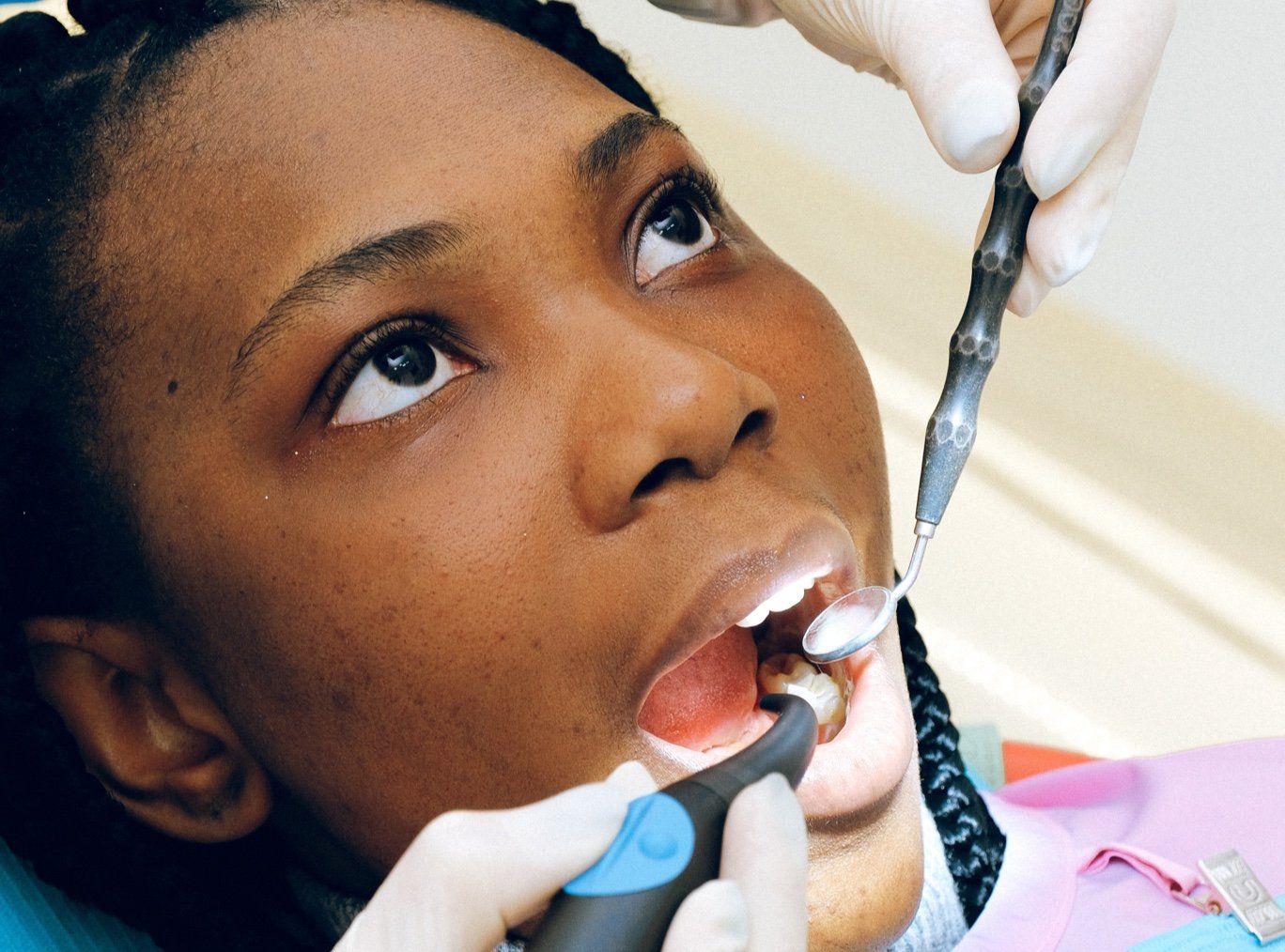Dental Xray:
Digital Xray and Panoramic Xray
Dental Xray is a necessary assessment technology for dentists; it is a necessary tool to see what is happening within the tooth structure, at the jaw bone, and around the gums. At Chilliwack Family Dentistry, we use the latest radiography tools to provide the best service: digital xray and panoramic xray (also known as Panorex).
Digital X-Ray
Digital radiography (also known as digital xray) is the latest technology used to take dental xrays. This digital technology uses an electronic sensor instead of x-ray film and it captures and stores the digital image on a computer. Since it is on computer, it can be instantly viewed and enlarged. This helps us to more effectively view, and analyze, problem areas. Digital x-rays reduce radiation by 80 to 90% as compared to the already low exposure of traditional dental x-rays.
Dental radiography is an essential and preventative diagnostic tool to be used to access information that is not visible during a regular dental exam. Our dentists and dental hygienists use this information to accurately detect hidden dental abnormalities and complete an accurate treatment plan. Without x-rays, problem areas may go undetected.
A dental xray can detect problems at an early stage and that enables us to treat the issue before it becomes a much bigger problem.
Safety of Dental Radiography (x-rays)
There is natural radiation in our industrialized environments. Digital x-rays produce a much lower level of radiation compared to more traditional dental x-rays. They also produce faster results; and that reduces your time in our office. With digital imaging we do not need to develop the x-ray film and therefore we minimize the waste and chemicals that would enter the waste stream. Digital radiography produces a very low level of radiation and is considered very safe. We still take the necessary and required precautions to limit your exposure to radiation: we only take x-rays if necessary and we always use a lead apron shield to protect your body.
How Often Do X-rays Need to be Done?
It really does depend on the individual; we will recommend dental x-rays if we believe we need the more detailed information that they provide and based on your medical and dental history. Additionally, every three to five years we recommend a panoramic x-ray of the entire jaw bone area. Bitewing x-rays, which take a view of the top and bottom teeth biting together, are often taken at annual visits to assess potentially developing dental problems.
Panoramic X-Rays
Panoramic xrays (also known as Panorex) take images that wrap-around the face and teeth. These images expose fractures, bone loss, jaw issues, wisdom teeth, cavities, and other dental issues. Panoramic xrays are relatively simple for our patients: the tool rotates around the outside of the face (rather than the process of dental xrays which places film inside the mouth – often somewhat awkwardly or uncomfortably).
A panoramic x-ray provides a good view of the sinus area, nasal area and the mandibular nerve; it is often used when sinus issues are suspected to be the cause of dental problems.
Panoramic X-rays are often used to:
- Assess patients with an extreme gag reflex.
- Assess the progression of temporomandibular joint disorders (TMJ).
- Expose cysts and abnormalities.
- Evaluate impacted teeth.
- Expose jaw bone fractures.
- Develop a treatment plan (for example, consider full and/or partial dentures, braces, or implants).
- Reveal gum disease and cavities.
Panoramic X-rays are an important diagnostic tool and are also valuable for planning future treatment. Much like digital x-rays; they are safer than other types of x-ray because a smaller amount of radiation enters the body.
If you have questions about dental and/or digital radiography (dental xray, digital xray, panoramic xray, and more), please ask us during your dental visit.




